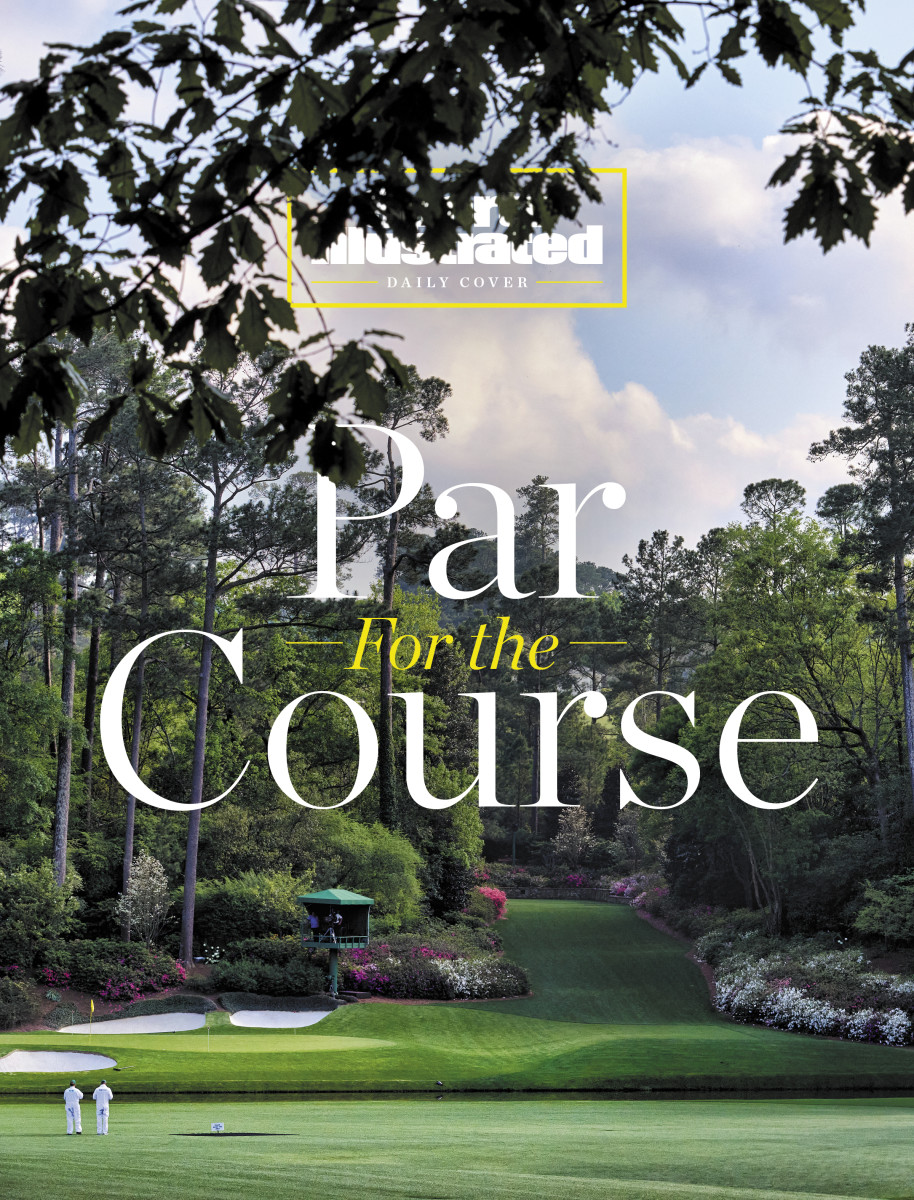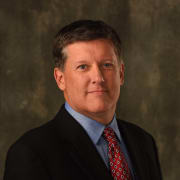Augusta National Thought One Part of Its Course Needed a Refresh. Meet the New 13th Hole.
No player in the game can make a golf ball curve like Bubba Watson.
It is an amazing skill that technology has mostly tempered, but one Watson still possesses to a remarkable degree. His peers gasp at the way he works the ball, and during the final round of the 2014 Masters, runner-up Jordan Spieth stood on the 13th tee and watched, thinking that Watson’s ball was headed so far left it might go out of bounds.
Instead, the ball skimmed the tree line that runs down a creek on the left side of the hole, slid around the dogleg and came to rest in the fairway, a mere 144 yards from the hole. Watson had pummeled his drive 360 yards. He had only a 56-degree wedge left to a par-5. He hit the green, two-putted and went on a tame three-stroke victory, his second win at Augusta National in three years.
That undoubtedly took some of the starch out of the green coats Augusta National members were wearing in the old manor clubhouse that day. If that one incident didn’t stir a call to action, it certainly had an impact on the changes that have occurred in time for this year’s Masters at the 13th hole.

“No, nobody has ever Bubba-proofed a golf course,” Watson said, wanting no part of credit or blame. “All they’ve got to do is put the greens out there, and I’m struggling.”
And yet, being so close to that green after a drive—hardly the intentions for the hole when it was first put on paper in the early 1930s—is what left spectators aghast and golf course architecture wonks mortified.
When asked a year ago about the potential to thwart drives such as Watson’s and lengthen the par-5 hole that doglegs to the left and is fronted by a tributary to Rae’s Creek, Augusta National chairman Fred Ridley suggested no changes were imminent.
“There's no timetable,” he said. “Nothing to announce at this time. That’s something that certainly we have considered and will continue to consider.”
Golf fans near and far, even casual viewers, know the Masters “doesn’t begin until the back nine on Sunday” and the “second nine” par-5s elicit considerable drama. The winner of the most Masters—Jack Nicklaus and his six green jackets—traversed those final nine holes in just 30 shots to win in 1986.
And “The National” as it’s known locally, does things at its own pace, on its own terms and announces them when it sees fit. So, two months after Ridley’s comments, shovels were in the ground, and earth was being moved. The significant course change was never announced, left to internet sleuths to figure out via aerial photos. Last summer, it became obvious through the Twitter account of Eureka Earth that changes were being made to the 13th tee.
It created chatter in the golf community long before the official details were released. And, this week, players will see the difference. The 13th hole, one of the most famous in all of golf, has seen its tee box moved back 35 yards, onto adjacent property that Augusta National bought for millions of dollars in 2017 in anticipation of doing exactly what it did last summer. The result is a longer hole, one that now measures 545 yards, making it more difficult to drive the ball to the corner of the dogleg and go for the green in two shots.
Over the years, this hole has played drastically different. Curtis Strange infamously found the creek with a fairway wood second-shot approach in 1985 (he also hit it in the water at the 15th), costing himself a victory. Bernhard Langer won the tournament. Move ahead to 2014, when Watson took all the drama out of the remaining holes by making an easy birdie at the 13th.
The news of changes didn’t become official until the Masters put out its tournament media guide Feb. 6. And you had to know what you were looking for, as it was listed under course changes as well as the tournament scorecard in which only a discerning eye would notice the change at 13.
“Looks like it’s been there 100 years,” says PGA Tour player Kevin Kisner, who lives in nearby Aiken, S.C., and played the course several weeks ago. “But I’ve never seen them make changes to the course that shorten a hole.”
Correct. More than 500 yards have actually been added since Tiger Woods’s 1997 Masters victory as the course sought to push back against significant distance gains made by players via various means, primarily fitness and technology. When the tournament was first played in ’34, the 13th measured 480 yards. At the time, it was a significant length for a par-5 and made going for the green in two shots a risk.
Bobby Jones, the great amateur who cofounded the club and helped with the design, wrote in the early days that the 13th was “one of the finest holes for competitive play I have ever seen,” and “a player who dares the creek on either his first or second shot may very easily encounter a six or seven on this hole. Yet reward of a successful, bold play is most enticing.”
It wasn’t until 2002 that the club decided to add 30 yards to the hole, making it a 510-yard par-5. Going back to 1942, the 13th has ranked as the easiest on the course, playing to an average of 4.775 shots. Last year, it played as the third-easiest during Scottie Scheffler’s win, averaging 4.852.
The idea is not to make the 13th among the hardest holes on the course; as a par-5, that is unlikely. But it was to restore some of the shot values that have gone missing, such as forcing players to hit a driver off the tee or requiring them to hit longer clubs into the green.
“It seems drastic to us right now,” Woods said. “But if these guys keep getting longer, they keep getting taller and more athletic and keep hitting the ball further, that hole is going to play with a driver and a mid-iron.”
For those reasons, Woods is in favor of a proposed rollback of the golf ball that would see a different testing standard for elite or pro players leading to a reduction in how far that ball goes. It would apply to only the highest level by invoking what is called a Model Local Rule—one that would require players to use a ball tested at higher swing speeds—on pro tours but would likely see players hitting tee shots anywhere from 15 to 20 yards shorter.
Woods noted it is fun to watch Rory McIlroy hit 340-yard drives. “But does it challenge and separate the guys who can really hit the ball in the middle of the face and control their shots?” Woods asked. “If you roll the ball back, you’ll see that the better ball strikers will have more of an advantage over the guys who miss it a little bit.”
Because the ball has not been rolled back, Augusta decided to take action, and its decision to move the tee has been in the works for years. At least a decade ago, Augusta National sought to buy land from the adjacent Augusta Country Club, whose 9th hole ran behind Augusta National’s 12th green and 13th tee.
The two sides finally came to an agreement in 2017, believed to be for some $20 million, with Augusta National also agreeing to fund the redesign and work on a new 9th hole for Augusta Country Club. As part of the land purchase, Augusta National used the extra space to add an access road and create more of a buffer between its course and the neighboring one.
Earlier that year, the club’s chairman at the time, Billy Payne, explained its vision without specifically addressing the 13th hole.
“It's fair to say, as is always the case, we are always looking at certain holes, certain other improvements to the golf course, and we talked about some of those, and I think they are all pretty obvious,” Payne said. “We have a great opportunity now in that we own the old Berckmans Road. It gives us the ability, as it touches certain holes, it gives us some way to expand ... lengthen some of those holes, should we choose to do so, and all of them are under review.”
Payne was referring to a road that butted up against one side of club property that was moved a half mile away. Augusta National not only bought up land bordering the course, but it also loaned the city of Augusta money to rebuild the road.
All of which speaks to the power and resources at its disposal and its desire to keep the iconic course as a challenging entity for those who play the prestigious tournament.

At the 13th, there will now be more decision-making. Dustin Johnson, who won the Masters in 2020, said hitting a driver is more difficult for him because the tee has also been moved a bit to the left, meaning it is harder for him to hit a fade with a driver—he would likely be hitting it into the trees to try to start the ball on the proper line. Hitting a straight driver means risking running through the fairway.
Now he’s looking at hitting a 3-wood for positioning but leaving himself well back of the green. “It makes it a lot tougher for me,” Johnson says. “There’s nowhere to start [the tee shot], and I’m looking at a long way going in.”
With rain in the forecast, Johnson said he might lay up his second shot, leaving him with a short pitch shot over the creek and onto the green. There’s less drama in that but also less chance of making a big number.
“The days of me hitting 3-wood and an 8-iron there are long gone,” Woods said, describing the clubs he hit on the way to making a birdie during the final round of the 2019 Masters, which he won.
As the 2023 tournament begins, a considerable amount of eyes will be on the 13th hole. Is the risk-reward allure still a thing? Or does it go missing? Augusta officials obviously want their back nine to be as compelling as ever, but it’s interesting to note that at the par-5 15th—also an iconic hole with loads of history—a lengthening last year meant the hole did not produce a single eagle.
But among the beauties of Augusta National is its ability to adapt to the advances in the game.
If changes are necessary again, they will be made. Quietly. And announced when appropriate.
